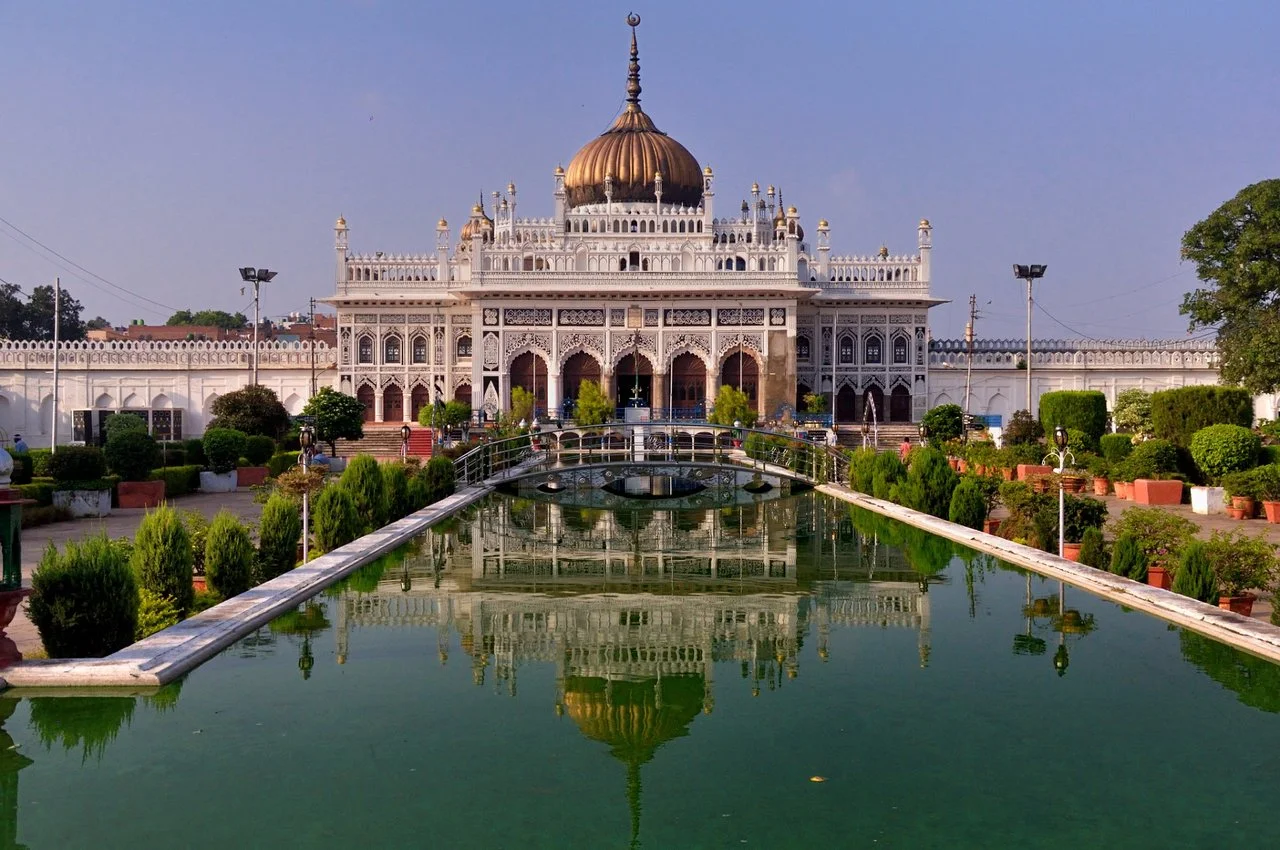Lucknow is located at an altitude of about 123 meters (404 feet) above sea level. The town had an area of 402 km2 (155 sq mi) until December 2019, when 88 villages were added to the municipal boundaries and the area increased to 631 km2 (244 sq mi). Bordered on the east by Barabanki, on the west by Unnao, on the south by Raebareli and on the north by Sitapur and Hardoi, Lucknow lies on the northwest bank of the Gomti River. In 2008, there were 110 districts in the city. Morphologically, there are three distinct boundaries: The central business district, which is a fully urbanized area, includes Hazratganj, Aminabad and Chowk. A central zone surrounds the inner zone with concrete houses, while the outer zone is made up of villages.
Historically, Lucknow was the capital of the Awadh region, controlled by the Delhi Sultanate and later the Mughal Empire. It was transmitted to the Nawabs of Awadh. In 1856, the British East India Company abolished local government and took full control of the city, along with the rest of Awadh, handing it over to the British Raj in 1857. Lucknow, along with the rest of India, became independent. Great Britain on August 15, 1947. It is ranked as the 17th fastest growing city in India and 74th in the world.
Lucknow, along with Agra and Varanasi, is part of the Uttar Pradesh Heritage Arc, a chain of research triangulations created by the Uttar Pradesh government to boost tourism in the state.

